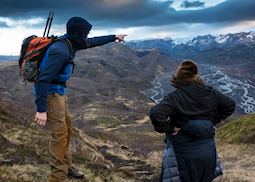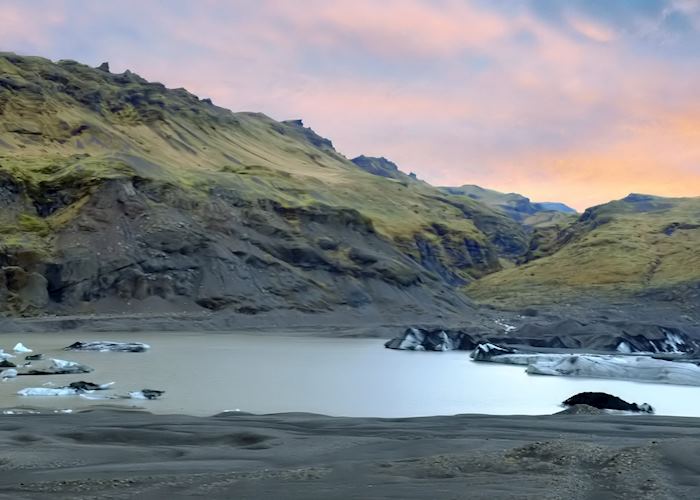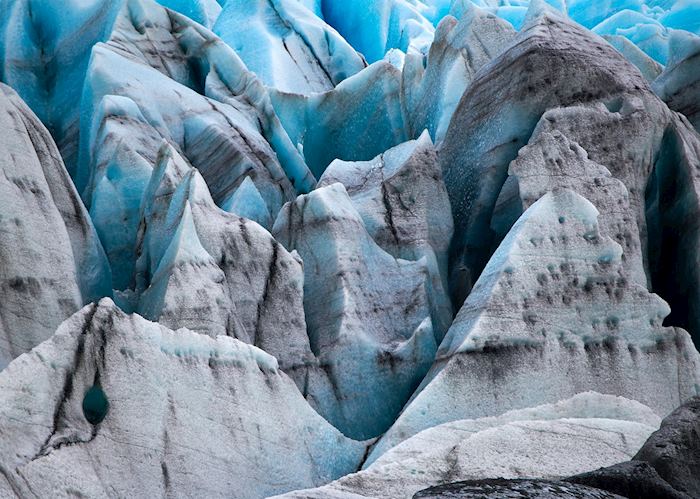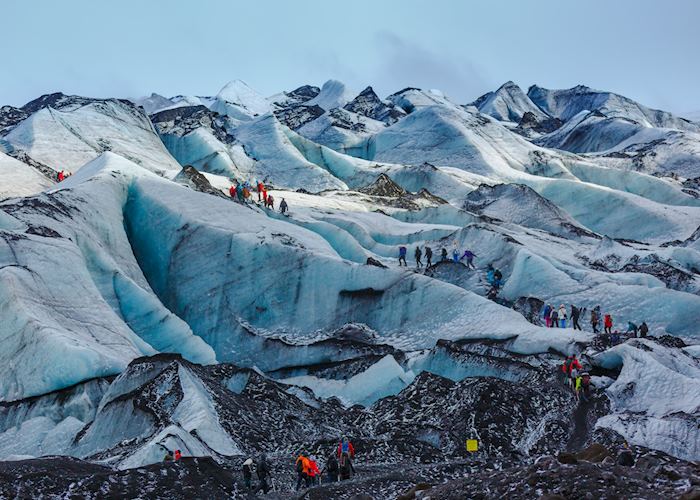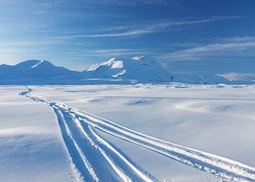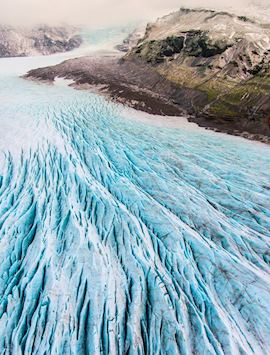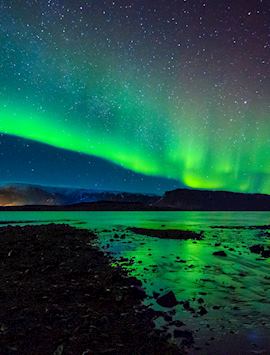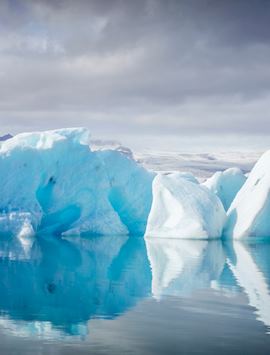Sólheimajökull is an outlet of the great Mýrdalsjökull glacier and extends an icy finger down to the sandy plains of Iceland’s south coast. Over centuries, the glacier has shaped the surrounding landscape into rugged forms, while the ice itself has been compacted, carved and crushed into deep crevasses, ridges and water cauldrons.
This half-day tour with a local guide gets you safely up onto the glacier to explore its dramatic forms. You’ll learn about the forces of nature that have combined to cause its creation, and the impact it has had on its surroundings.
The tour starts at the Sólheimajökull glacier base, where you’ll meet your guide and receive a thorough safety briefing. You’ll be measured up for your crampons and provided with all necessary equipment. Although no technical skills are required for the tour, your guide will demonstrate how to use the equipment to make your walk less taxing.
The first part of the walk is flat as you make your way to the base of the glacier. Sólheimajökull is retreating and as you pass the limits of what was once the glacier edge, you’ll notice a distinct change in topography. Your guide will explain how the glacier has changed the landscape by creating eskers, moraines and drumlins in the immediate area.
Before you walk on the ice, your guide will help with securing your crampons and explain how best to make your way up the trails of ice. You’ll then follow them slowly through the glacial fingers that spread down the valley. The terrain is undulating, and where necessary, steps have been cut into the ice for ease of access. If you experience any difficulty, your guide will be happy to assist.
As you make your way up the ice, you’ll stop to look into ice caves and fissures, examine the ridges in the ice and look into water cauldrons (depressions in the ice filled with water). You’ll have enough time to take as many pictures as you want or ask questions about what you see.
The hike takes you up through the spines of the glacier to a plateau, from where you have panoramic views out to the sea and up to the snowy peaks above. Your guide will show you some of the points of interest on the plateau, such as ice holes and scientific measuring equipment and, if conditions are safe, you can peer over the ridge of the ‘Grand Canyon’, a large crevasse that punctuates the glacier as a good demonstration of the constant movement of the ice.
You’ll spend about half an hour roaming the plateau before starting your descent, returning along the same route to the base.
